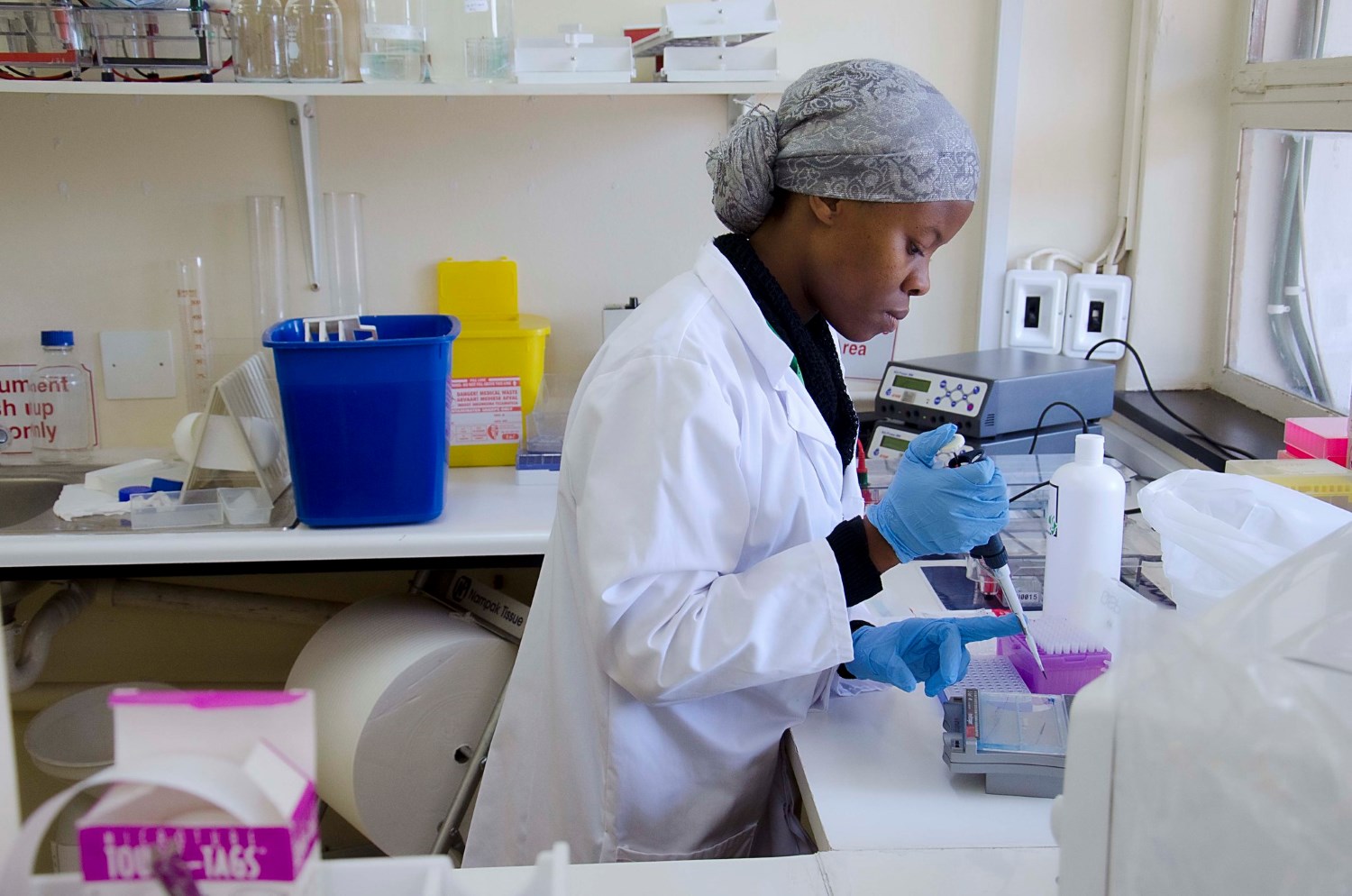Recommended

POLICY PAPERS
Low- and middle-income countries (LMICs) face severe health budget constraints while also dealing with complex and evolving burdens of disease. In 2019, 24 countries spent less than $50 per capita on health expenditures total (combining all sources of private and public financing). In these countries especially, knowing the cost of services is essential to ensuring that scarce healthcare resources are used to maximum benefit (through the use of cost-effectiveness analyses), and to supporting financial management, budgeting, and implementation of policies (such as provider payment). In the absence of cost information, how can ministries of health answer simple questions such as “how much resources should be planned for the delivery of anti-retroviral medicine?” or “how much should health providers be reimbursed for the provision of care?”
While there is a consensus that cost information is essential to good planning and delivery of health policies, it receives less attention in the literature, and the capacity to periodically conduct such analyses is limited in LMICs. Today, we release a step-by-step guide to costing healthcare services using a method known as “time-driven activity-based costing” (TDABC). It combines an overview of data collection tools and analysis methods with practical tips, aiming to be resource for anyone engaged in TDABC.
What is costing and why is it challenging?
“Costing” refers to the estimate of the “costs for individuals, organizations, or a society directly or indirectly incurred by the provision of health-care goods and services, aimed at maintaining or recovering the health of a person or of a population.” There are different methods for costing services, ranging from top down or bottom-up, or gross versus micro. Which method is used depends on the question it is employed to answer, the resources and time at the disposal of the analyst, and the type of data available or that is intended to be collected.
While the question and the reasoning of costing sounds straightforward and fairly simple, the task of analysts engaged in costing healthcare services is often complicated by a number of factors, including:
- Treating a patient involves a large number of resources, from the construction of a facility, to the associated personnel, supplies, medication, IT systems, and electricity that go into services
- Patients with different conditions will take different paths through the system, and therefore use different sets of resources
- Patients with different conditions share resources such as physical space and equipment
- Patients with the same condition may also take different paths through the system
- Patients with the same condition may have comorbidities such that they are receiving care for multiple conditions at the same time
- In many LMICs, funding and provision of healthcare are fragmented
Time-driven activity-based costing
The gold standard of costing is to cost at the service or individual patient level. One such approach that has gained interest in recent years is time-driven activity-based costing (TDABC). TDABC is a process-based micro-costing methodology that follows patients through the use of a service, using process maps. Put simply, analysts using this method adopt a patient perspective for a given service: they observe all the steps needed for a patient to “complete” the service and make an inventory of all the resources (people, equipment, building) involved in providing care at each step through a process map. Unlike in other types of activity-based costing methods, in TDABC, time is recorded for each step, and all resources are converted to time of use, then assigned a monetary value and aggregated.
TDABC has been used increasingly because it is claimed to be “easier to implement” than other activity-based costing methods, it provides an accurate picture of the costs (rather than a precise one), and it generates interesting data on the care pathways for patient to allow identification of variation, inefficiencies, and cost drivers (in addition to the cost estimates).
Why did we develop a TDABC manual?
There are many resources describing the theoretical underpinnings of the TDABC methods, as well as resources that aim to be more practical by describing the steps in implementing the method. However, as three colleagues working on costing, we realised that when it came to actually applying the method, there was a gap in the literature. We found no starting points in the literature to define our survey instruments and approach on the ground. What does designing a process map entail? How do enumerators follow patients across a facility to map the steps of care? For items like furniture, what degree of detail should we collect in our data? In other words, there was no literature to inform the use of the TDABC method from the perspective of the data collector and analyst. Even after looking at annexes to papers or more extensive research protocols published online, the application of the method was simply a complete black box.
This gap in the literature is particularly problematic, as anyone involved in a costing study could confirm: costing is like a large jigsaw puzzle. To get a complete and accurate picture, the analyst will need to record the what (the activity that the patient undergoes), the who (health staff involved in completing the activity), the when (duration of time), the where (the location in which activities occur), and the frequency (how often activities occur over a defined period of time). Missing any piece means you won’t get the full picture, or will need to make assumptions that may turn out to not be correct. Additionally, collecting information “in the wrong shape” (i.e., wrong unit of measurement) may then require adjustments. In settings where the funding for costing studies is scarce and time is of the essence, this means unnecessarily expanding energy and time to reinvent tools and survey instruments and possibly making a lot of mistakes which would affect the quality of the estimates.
The aims of the manual
We developed the manual as a step-by-step guide for researchers, students, and policymakers intending to undertake TDABC. It provides easily accessible descriptions of methods for collecting data, tools that can be adapted to diverse research questions and settings, and practical data collection tips we learned from applying the approaches on the ground. We cover content such as how do you measure the surface area of a building? how do you record time with process maps? what should your Excel spreadsheet look like? how do you apportion indirect costs to one service?
The manual builds on our experiences, which we’ve mainly developed while costing HIV service delivery in LMIC settings. We acknowledge that the tools and tips featured are not “scientifically tested” and some have been informed through experience that is not entirely generalisable to other contexts or services. However, we hope that the manual is a strong starting point for adaptation and helps analysts articulate their thinking about research design methods. We designed this resource as something we wished we had been able to access when we first encountered the TDABC method; it would have saved us many hours of scrambling together information from generous colleagues who granted us access to their work and searching through study annexes for information.
We also hope to inspire other researchers to publish their tools and methods, and to start a conversation or a community of practice centered on sharing experience, capacity, and knowledge of on-the-ground research methods—both on TDABC and perhaps on other topics. To us, this is at the heart of strengthening capacity: giving unrestricted access to our work.
For more information about the TDABC manual, or if you disagree with our tips or want to share your own experience, please get in touch with us.
Disclaimer
CGD blog posts reflect the views of the authors, drawing on prior research and experience in their areas of expertise. CGD is a nonpartisan, independent organization and does not take institutional positions.





